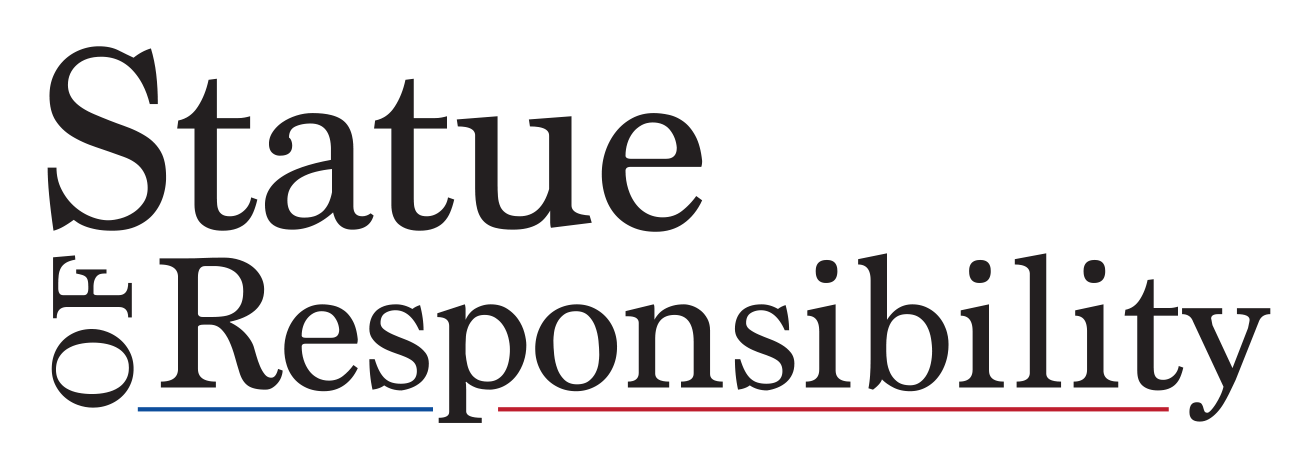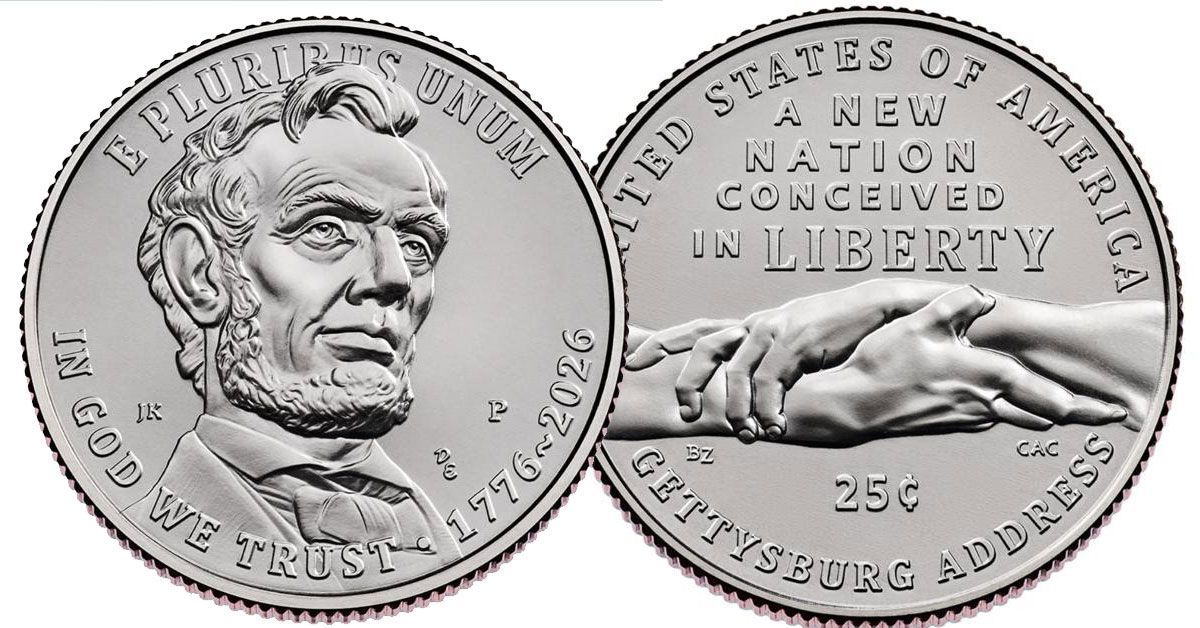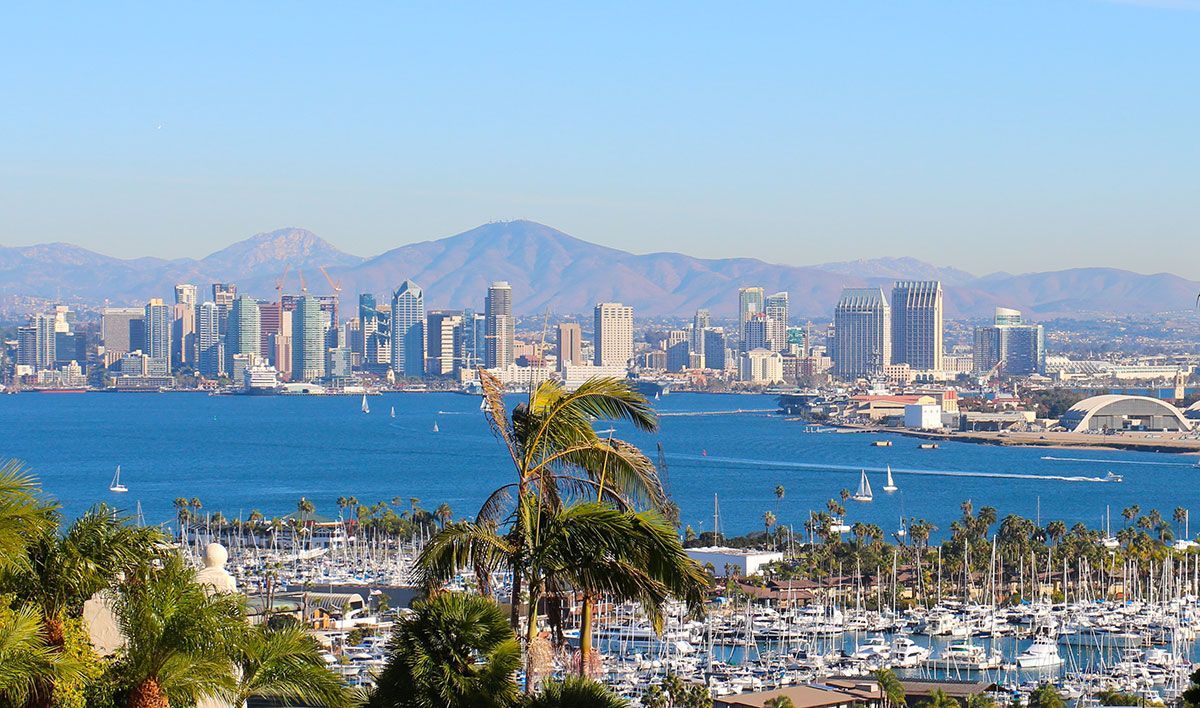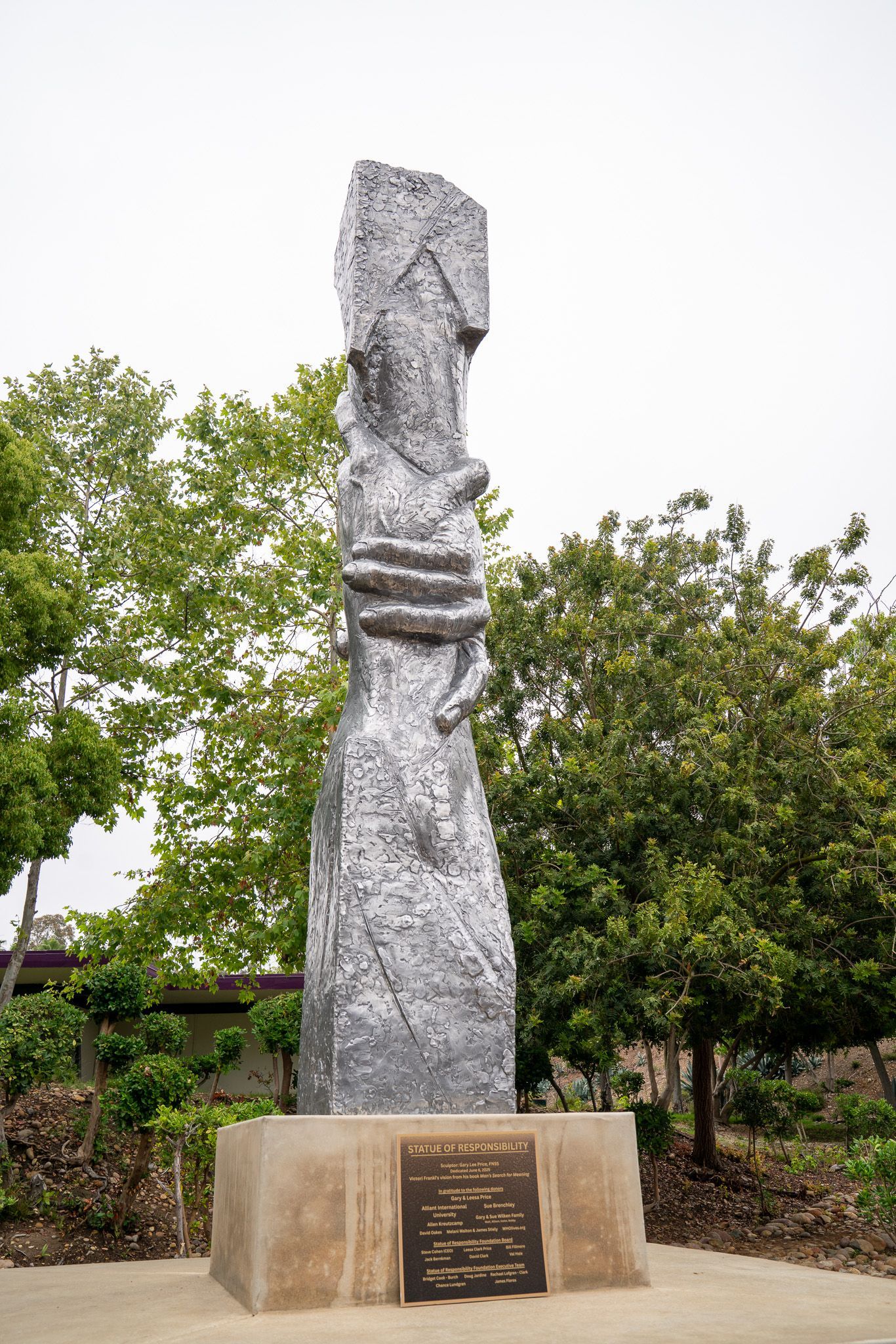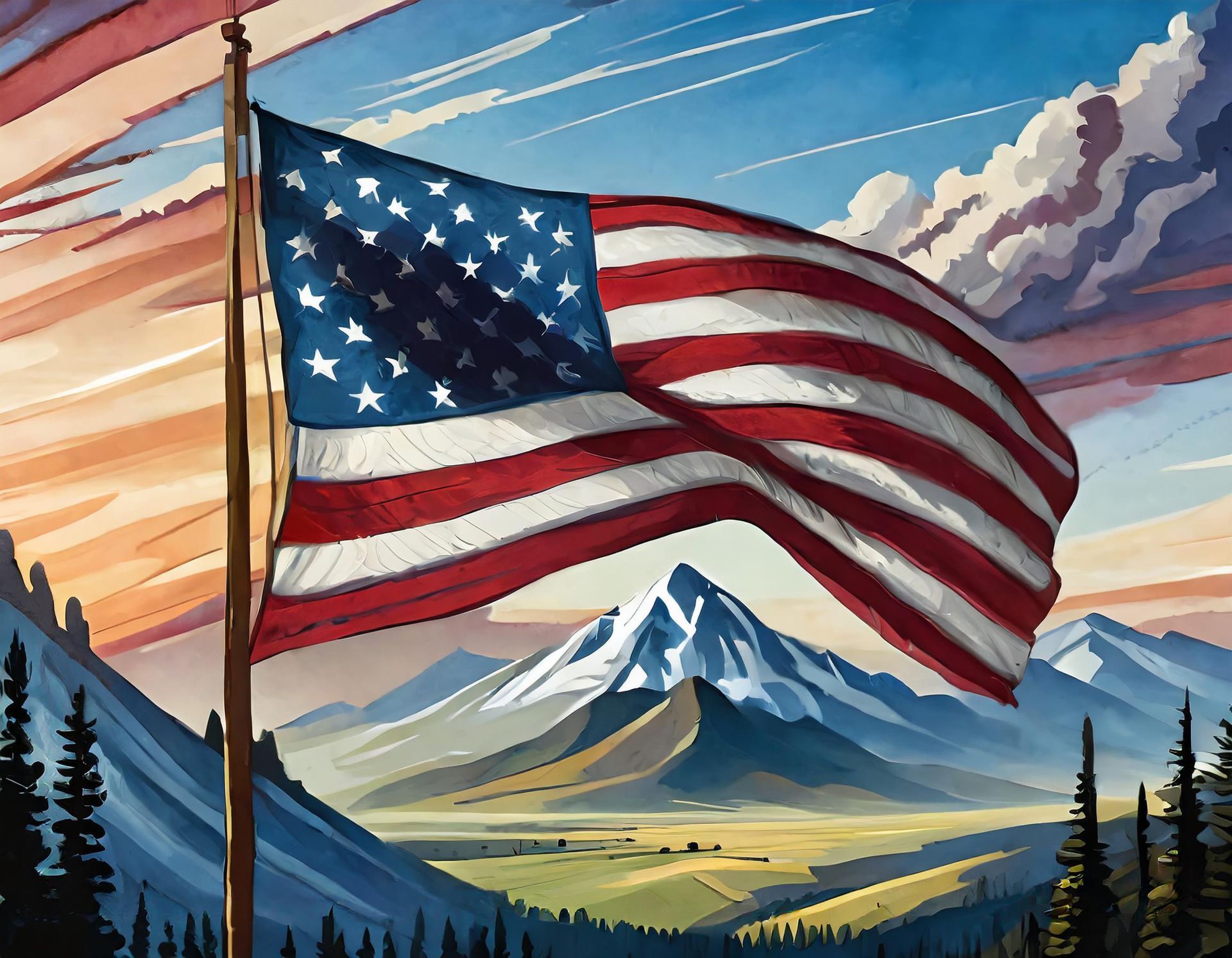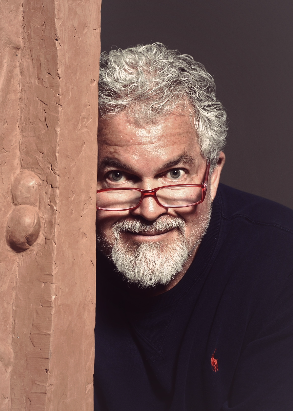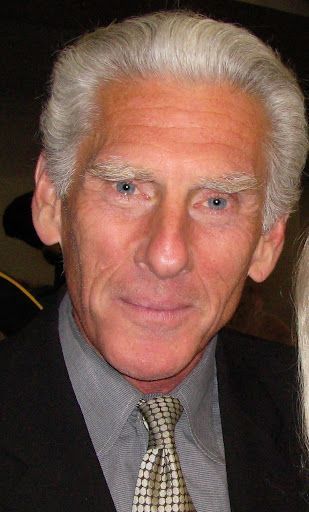Learn more about the incredible people behind the SoR project and how it came to be.
Upon his arrival at Dachau, a Nazi concentration camp in Bavaria, Dr. Viktor E. Frankl watched in horror and despair as the manuscript he had secretly penned at Auschwitz and sewn into the lining of his coat was ripped from him and destroyed. Viktor’s mother, father, his wife and unborn child had already been lost to starvation, disease and the horrors of the Third Reich’s gas chambers. Along with the draft of his book, his captors also hoped to destroy his spirit.
Little did they know Frankl’s was a spirit that would not only rise from these ashes, but would also become a powerful, radiant light to the world. His later manuscript entitled, Man’s Search for Meaning spoke powerfully and plainly about enduring loss and facing pain, while finding true meaning and purpose in our existence— even in the worst of circumstances in humanity. He knew these well.
Day after day, as Viktor watched the atrocities that were inflicted upon him and his fellow captives at Auschwitz and Dachau, he realized a poignant truth: that there was one thing that no person could take away from any person— the ability to choose how they would respond to adversity in any given situation.
This awareness and the consequent examples that played out during his captivity allowed Frankl to redraft (in just nine short days after his release and return to Vienna) what would become one of “the top ten most influential books ever written”, according to the Library of Congress.
Later, in the 1960’s, as Viktor was lecturing across America, he initiated a passionate dialog about freedom at a time when a generation of Americans were focused on free love, LSD and other drugs and casual sex. Though seemingly harmless to many, Viktor was often quick to caution students and other Americans with great passion, taking thoughts on freedom many levels deeper: “America, we in Vienna had our freedoms; those freedoms were taken from us;” and “America, you must guard your freedoms and honor them.”
One of his most profound quotes that he later added to Man's Search for Meaning was: “Freedom, however, is not the last word. Freedom is only part of the story and half of the truth. Freedom is but the negative aspect of the whole phenomenon whose positive aspect is responsibleness.”
Responsibleness. That is why Viktor recommended some time later that the Statue of Liberty in the East be supplemented by a Statue of Responsibility in the West. He thought of these principles as philosophical bookends to each other–and vital to America. As Viktor’s message of Responsibility began to spread, so did the groundswell of support for such an idea. One of his colleagues on the American lecture circuit was thought leader Stephen R. Covey from Utah, the author of another highly acclaimed book, The 7 Habits of Highly Effective People. The two became friends, and some years later; Covey helped organize a group to bring Viktor’s passionate hope to fruition on America’s West coast–a Statue of Responsibility, comparable to the Statue of Liberty.
When Viktor’s health began to fade in the 1990s, his friend Stephen made a promise to him, to help create this monument to remind America of the price that had been paid for her freedom–a price that may well be required of her in the future as well. Stephen tasked one of his Franklin-Covey team members, Kevin Hall, to find a sculptor who could create an image that would embody and inspire “Responsibility”. Kevin found renowned international sculptor Gary Lee Price at his foundry in Springville, Utah where he presented the opportunity.
Gary, a renowned sculptor and former art student from the University of Utah, had never heard of Dr. Frankl. Though busy with commissioned projects, he took some time to think about the concept and do some research on Viktor, this interesting man from Vienna. Soon Gary’s heart was set on fire, and he became quite emotional in his research. The sculptor realized that finding the right concept was more than a huge business opportunity. To Gary, this had become a spiritual quest.
Over time, this sculptor had discovered in his very best works a theme of connectedness. He had recently completed what became one of his most popular lifetime pieces: The Ascent. It depicted two Native Americans hanging from a sheer cliff, one reaching up in desperation as the second reaches down to lift his companion out of danger. One of the most remarkable aspects of this piece is the strong hand clasp above the wrist between the two Natives— and the life-saving trust inherent in it.
Gary gave his new piece the subtitle, They rise highest who lift as they go! And, as quickly as Gary and his team could create them in the foundry, this piece kept selling. While that was remarkable in itself, the observations gallery owners shared with Gary regarding the statue’s emotional impact on their clients that moved Gary the most. They would catch their customers staring at the piece in awe, often moved to tears.
It was The Ascent that suddenly held the answer to Gary’s question of what “Responsibility” could look like in three-dimensional sculpture. The very essence of the piece captured that moment of true connection, in the care and responsibility for one another. The moment the two hands connected, holding tight to one another, was the epitome of human responsibility for Gary. The needed symbol was the clasp.
This powerful symbol of human connection held a sacred place in Gary’s heart. He felt incredible compassion for Viktor and his experiences. What Stephen Covey and his team did not know about Gary, was that so much of the sculptor’s empathy came from the loss of his own family when his mother and stepfather were taken from him as a six-year-old child in a tragic murder-suicide, on a U.S. Army base in Mannheim, Germany.
Stephen also didn’t know that upon Gary’s subsequent relocation to relatives in Montpelier, Idaho, there he endured brutal psychological, physical and sexual abuse, under the oppressive, demeaning control of an older relative who sought to take away the young boy’s freedom, and with that, any vestige of dignity or self-respect.
Starved, beaten and threatened daily with his life, Gary had been forced to steal from neighbors and do many other unconscionable things. Even as a third grader, he wished to die. Gary had been that desperate hand reaching painfully up to God or someone to help him. After his own “liberation day”, Gary realized he could become bitter...or better…for having survived such circumstances. After his freedom was restored and his career later took off, he committed to be the one reaching down to lift another, as certain elementary teachers, friends and mentors had lifted him— and literally saved his life.
Stephen Covey loved the symbol Gary created and a team began to form. Among others, Bill Fillmore, the attorney originally engaged for the project (and the current Foundation’s general counsel and a member of its Board), felt strongly about the next step. Having served a church mission in his youth in Austria, he felt strongly that the group should seek the formal approval of Viktor Frankl’s widow in Vienna, Dr. Eleanore Frankl – the only living person able to give Gary’s design a full and proper “stamp of approval”. Gary, Bill, Kevin and a small team subsequently flew from Utah to Vienna in hopes of securing Dr. Elly’s endorsement. Upon meeting her, they found she was full of life and enjoying her extended family in Vienna.
Little did they know the miracle that was about to happen.
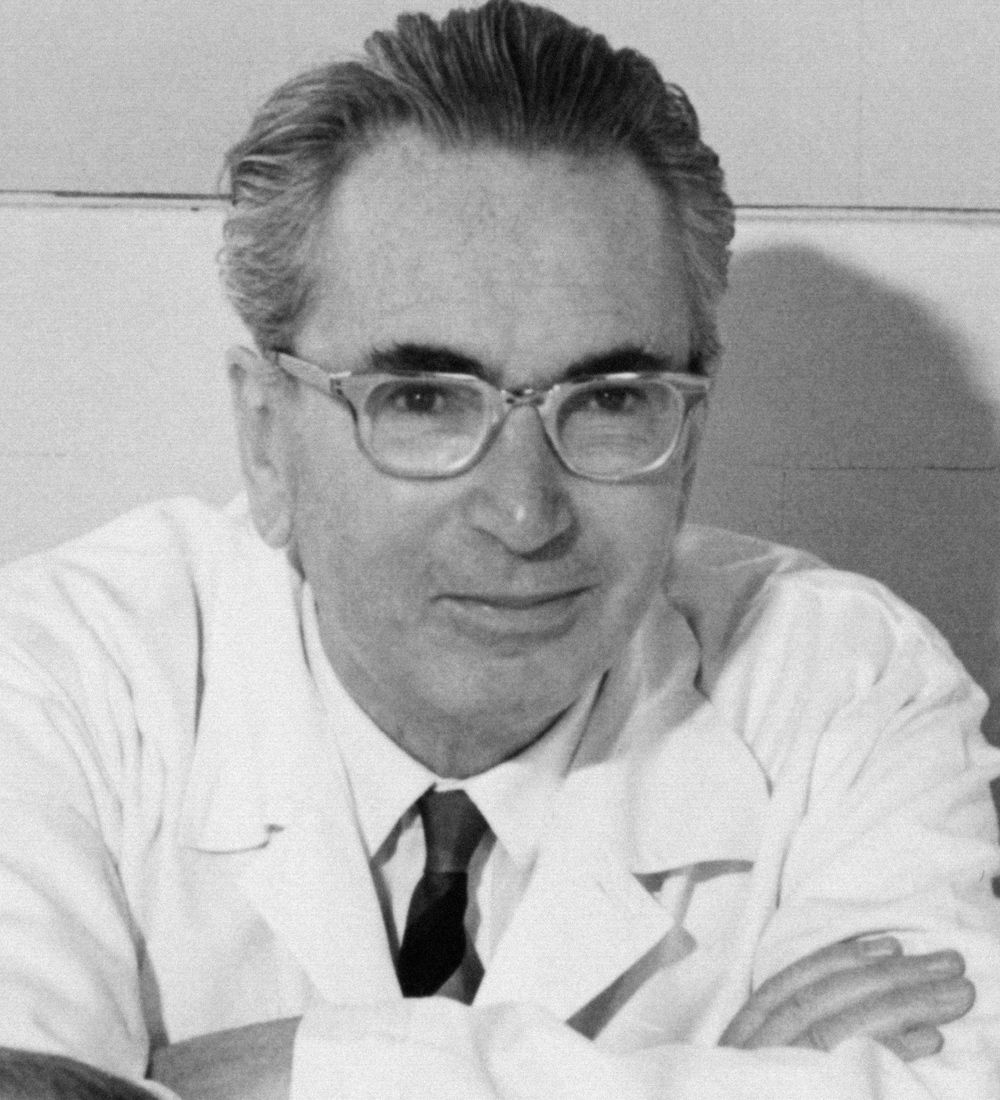

As Gary unveiled his version of the Statue of Responsibility for Elly and her family, showing her the two hands vertically clasped firmly together in a vision of one lifting another, Viktor’s wife became a bit emotional. She insisted that Gary and his colleagues accompany her to the Frankls’ apartment where they had lived happily married for many years–she a Catholic and he a Jew. Everyone had said they would never make it, but they loved each other until Viktor’s last breath and beyond.
Here in their flat, Elly showed Gary and his group into Viktor’s study, saying she wanted to share something very sacred with them. In this hallowed room, Gary was in awe at the number of books that lined all four walls. Elly pointed to a beautiful alcove centered in the far wall–a niche that had been carefully lined with white leather. Sitting within it was a wood carving. Elly proceeded to tell the group that this carving was Viktor’s favorite piece of art. He had cherished it from the very day he had discovered it in the Viennese bazaar, shortly after his release from the notorious concentration camp, Dachau. Viktor had no money, but determinedly placed it on “lay away” until he had enough to purchase it for 250 shillings.
With an artist’s eye, Gary looked at the carving closely and held it in his hands. It depicted a man, naked from the waist up, dirty and bloodied, staring upwards in great anguish, his arm reaching upward in supplication. Viktor had titled the piece, The Suffering Man.
Great emotion filled Elly’s eyes as she said, “My husband, Viktor, would often ask the question, “Where is the hand reaching down?” Tearfully, she added, “and you, my American friend, have brought to me a sculpture that answers my husband’s very question!” We are all meant to be that for each other. Now the vital task, to share the symbol with the world, both children and adults, so that they would not have to endure the same mistakes of history, but could learn from it.
Keeping a promise Promises to Elly Frankl
Gary is now working to fulfill two promises. His first was to Stephen Covey, who inspired him originally, and his second was to Viktor Frankl’s widow, Elly. His promise to Elly is being fulfilled in September 2024, as with a 15-foot version of the Statue of Responsibility. Being constructed on the grounds of Alliant University on the West Coast in the Frankls’ beloved San Diego area, it will reside upon a campus Viktor loved to teach.
Gary Price’s answer to Dr. Frankl’s question is soon to be answered in much larger measure here in Utah: “Where is the hand reaching down?”
Knowing that we all are sometimes the hand reaching up,– and sometimes the hand reaching down, we invite you to consider our fervent hope:
That we all may be the hand reaching down here at “the Crossroads of the West.”
